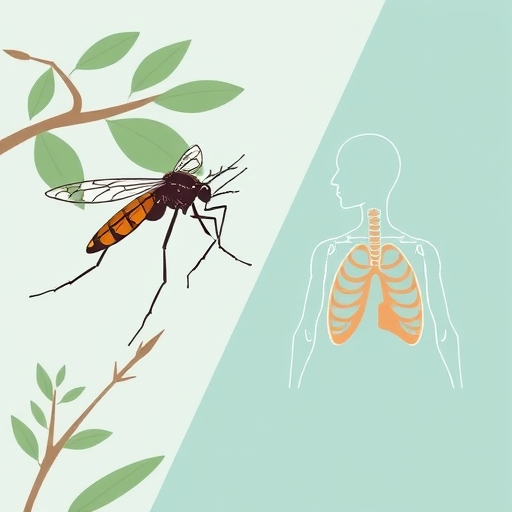Malaria and Tuberculosis (TB)

Tuberculosis (TB) is an infectious bacterial disease caused by Mycobacterium tuberculosis, which most commonly affects the lungs. It is one of the most common communicable diseases in Somalia. The latest estimate for all forms of TB in East Africa was 290 per 100,000 population. The incidence of sputum smear positive cases was 160 per 100,000 population. In recent years, high reported incidence rates of TB have made it a priority for East African countries and national health authorities.
Our objectives of the TB program are to:
- provide technical support to all stakeholders in TB control and program expansion.
- design and implement operational research to strengthen TB management.
- continuously train health workers in public and private institutions
- supply quality-assured anti-TB drugs.
- support the initiation of a multidrug-resistant TB surveillance and management system
Ask Question
About malaria
FAQ
Malaria is caused by a parasite called Plasmodium, which is transmitted via the bites of infected mosquitoes. In the human body, the parasites multiply in the liver and then infect red blood cells. Symptoms of malaria include fever, headache and vomiting, and usually appear between 10 and 15 days after the mosquito bite. If left untreated, malaria can quickly become life-threatening by disrupting the blood supply to vital organs. Malaria poses a major health risk in East African Countries, particularly for pregnant women and children under five.
Our aim is to initiate several key preventive and curative interventions that include:
- prompt and effective treatment with artemisinin-based combination therapies.
- rolling out long-lasting insecticide-treated bed net distribution to protect pregnant women and children.
- indoor residual spraying with insecticide.
- distribution of treated malaria net.
In wet seasons, many malaria cases were reported in Kenya, Somalia and Ethiopia. This significant increase was a result of prompt lack of malaria medicine, lack of indoor household spraying and lack of distribution of treated Mosquito nets.
Poor health can undermine people’s potential to improve their lives. Our aim is to help those who are experiencing or recovering from conflict and disaster reduce their risk of falling ill and receive treatment when they do get sick by.
- Ensuring that children are treated for and protected from the leading causes of death.
- Ensuring that people receive the wide-ranging support they need.
- Ensuring that women and girls have access to reproductive health services.

